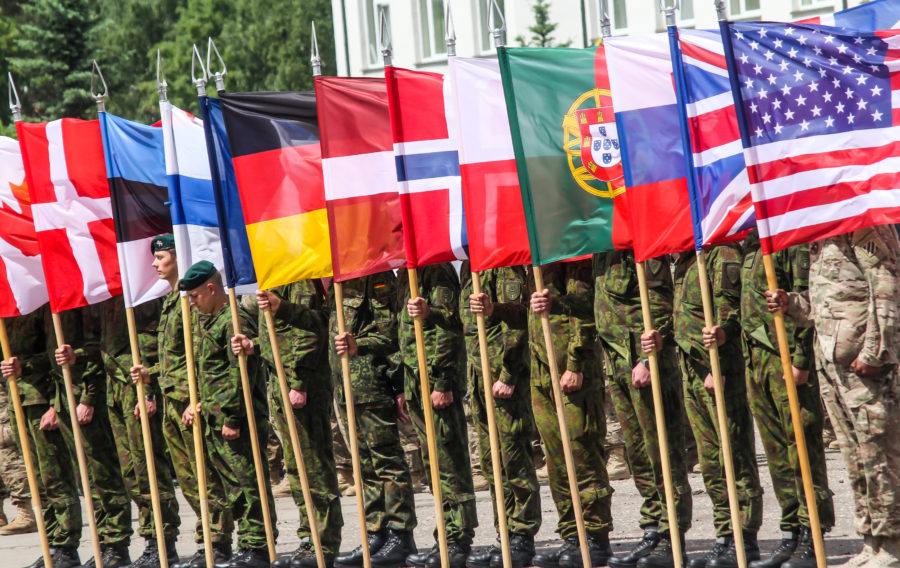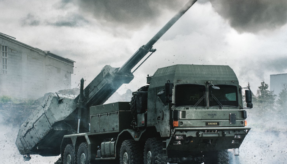
Ahead of this week’s meeting of NATO Defence Ministers, the alliance has released figures on defence expenditure by the allied countries.
Collecting information from Allies on a regular basis, NATO presents and aggregates this information, reporting current and estimated future defence expenditure according to an agreed definition.
NATO also makes use of up-to-date economic and demographic information available from the Directorate-General for Economic and Financial Affairs of the European Commission, and the Organisation for Economic Co-operation and Development.
The figures show an increasing defence spend throughout the alliance, with the UK meeting its requirement of 2% of GDP spend, along with the US, Estonia and Greece.
Whilst welcoming the news that defence spending among European Allies and Canada has increased by 3.8% in real terms in 2016, Secretary General Jens Stoltenberg said: “We will stress the importance of fair burden-sharing and higher defence spending,”
This week’s meetings will see the Ministers address the Alliance’s response to a more challenging world. Ministers will also focus on the fight against terrorism, and threats stemming from the Middle East and North Africa.
However, a recent high profile report from IISS claims that only the United States and two European countries, Estonia and Greece, had achieved the 2% target.
“The UK dipped slightly below this at 1.98%, as its economy grew faster in 2016 than its defence spending,” said director general John Chipman.
“Nonetheless, the UK remained the only European state in the world’s top five defence spenders in 2016.”
But the MoD said that it was for NATO to judge whether member states had met their defence investment pledge, pointing to this report and an official assessment released by NATO in July last year, in which the UK was one of five countries to meet the 2% target in 2016, along with the US, Greece, Estonia and Poland.
Britain was a driving force behind changing defence expenditure level of 2% from a recommendation to an obligation at a NATO summit in 2014.
An MOD statement on the report has said these figures were wrong. “NATO’s own figures clearly show that the UK spends over 2% of its GDP on defence,” a spokesman said.
“Our defence budget is the biggest in Europe, the second largest in NATO, and it is growing each year as we invest £178bn in new equipment and the UK steps up globally, with new ships, submarines and aircraft over the next decade.”
“the IISS presents its defence spending in US dollars”
“Gains by the US dollar against sterling in 2016 have skewed the true picture of UK defence expenditure,” it said.
Images credit: Rokas Tenys / Shutterstock, Inc.
If you would like to join our community and read more articles like this then please click here








